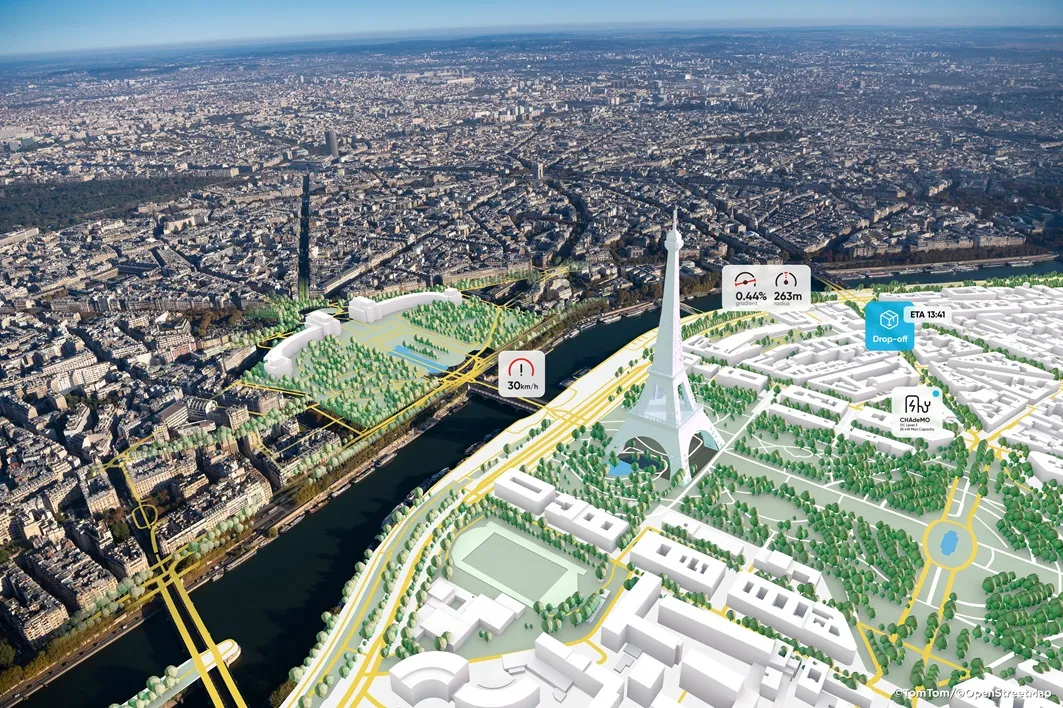The Windsor-Detroit Bridge Authority has hired Delcan to come up with a preliminary design for both tolling and intelligent transportation systems that will warn drivers about poor weather, traffic accidents and other congestion problems once the bridge is open.
The contract will look to integrate transportation systems in Ontario and Michigan to allow for the most efficient methods to update the public about traffic conditions with as much advance notice as possible. As part of the study, Delcan will also look at the best way to expedite toll collection, which could include the latest electronic billing technology.
Speaking to the Windsor Star newspaper, the bridge authority’s CEO Mike Cautillo said he would ideally like to see southbound Ontario traffic receive warnings about bridge congestion as far back as London.
“Ontario has a robust integrated transportation system and Michigan has a robust system as well,” he said. “We’re looking at how we can have the systems link together. We’re also looking at giving plenty of notice to commercial vehicles about delays.”
Cautillo said this contract is just another step toward the construction of the new international crossing that is the largest infrastructure project linking Canada and the United States. He also suggested the ideal tolling technology would allow for minimal or no vehicle stops, but said all options will be considered.
Design contract for new Windsor-Detroit bridge awarded
Delcan has been awarded a nearly US$1 million contract to determine the best way to provide tolling and traffic information on the much-anticipated Windsor-Detroit bridge, to be built between Windsor, Ontario and Detroit, Michigan.
The Windsor-Detroit Bridge Authority has hired Delcan to come up with a preliminary design for both tolling and intelligent transportation systems that will warn drivers about poor weather, traffic accidents and other congestion problems once the bridge is open.
The contra
August 22, 2014
Read time: 2 mins










